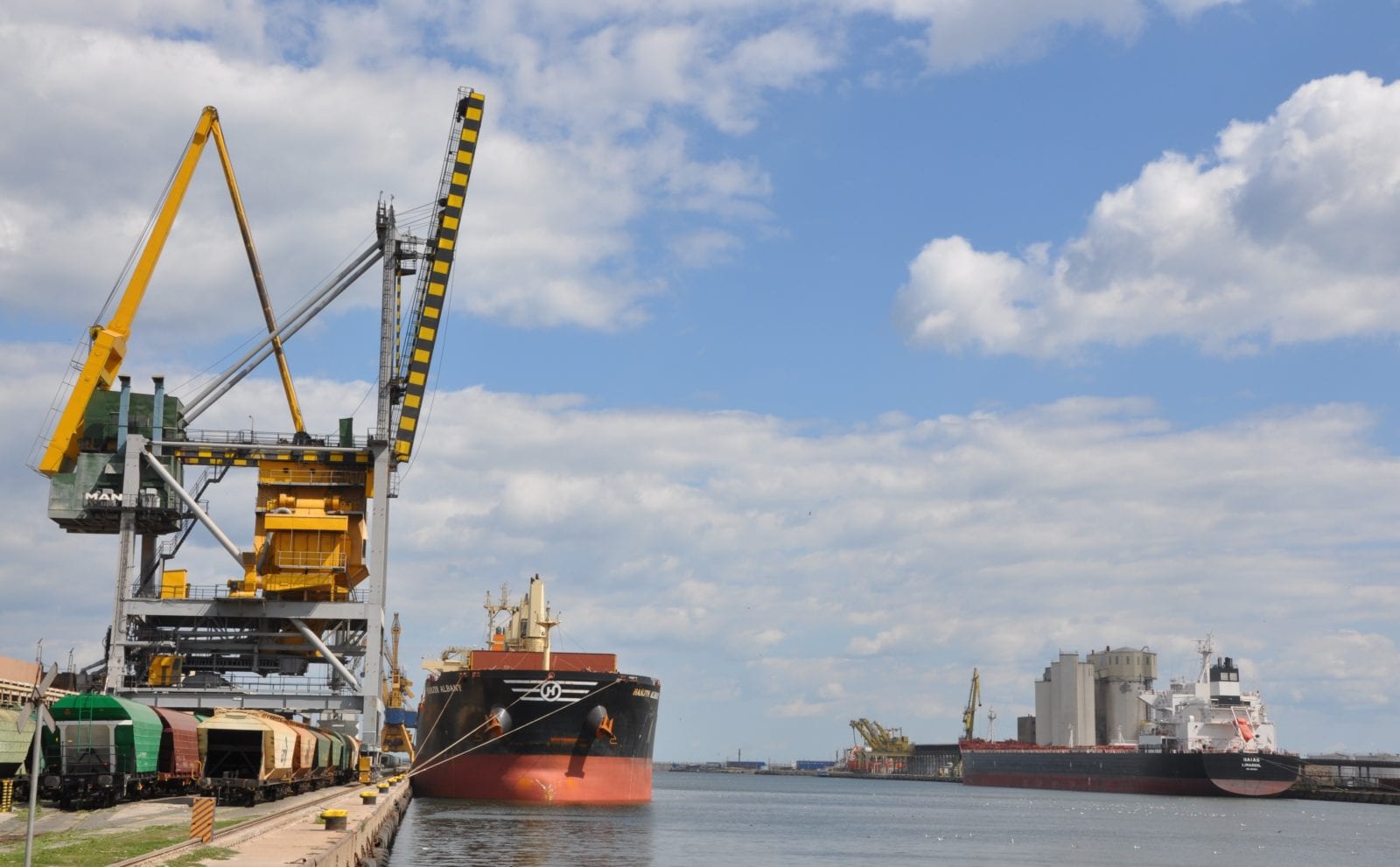Europe’s Feed Industry Continues to Rely on U.S. Soy
- Category:
- Market Information

In 2019, the EU’s imports of U.S. soybeans increased by 112%, compared to the same period the previous year (July-December 2018). With a market share of 75% of EU soybeans imports, the U.S. remains Europe's number one supplier.
In 2020, U.S. Soy continued to be a very attractive feed option for European importers. Soybean imports into the European Union and the United Kingdom in the 2020/21 season that started on July 1 totaled 3.02 million tons by September 13, according to official EU data released on March 1. According to the numbers, that was 3% above the volume imported in the previous 2019/20 season.
Regional Compound Feed Production Lags
Preliminary annual European Feed Industry Federation (FEFAC) data indicate that, in 2020, compound feed production in the EU-27 and UK tallied 161.4 million tons (MT), down 2.2% compared with 2019. This is a less drastic drop compared to FEFAC’s initial June 2020 predictions of a 3-6% decline.
The drop in EU compound feed production is a result of the spread of animal diseases and the indirect impact of COVID-19, which led to a shift in consumer demand for products of animal origin. All main feed categories slightly decreased in 2020, even poultry feed.
The EU feed industry is cautiously optimistic that, in 2021, some normalcy will return. The market outlook for 2021, however, is far from positive. FEFAC expects that market conditions for all major animal production sectors will remain tough for the coming period. Countries with African Swine Fever (ASF) outbreaks have seen their pig meat export markets closed. There is a lack of short-term perspective for the reopening of the hotel, restaurant, and catering (HORECA) sector in many countries and tourism is still largely ‘banned.’ And then there are uncertainties like Brexit and Avian Influenza (AI).
“On the feed supply side,” says Iani Chihaia, USSEC country representative – Greater Europe and Romania, “we are also experiencing a fragile situation in terms of availability of certain feed additives, reduced supplies of co-products such as rapeseed and sunflower meal, and prices on global agricultural markets moving in an upward trajectory.” Chihaia points out that the reduced supply of co-products could create opportunities for U.S. Soy.
Creating an Advantage for Sustainable U.S. Soy
Sustainability pressure on the EU feed sector continues to loom large. The EU feed industry continues to deal with increasing sustainability requirements, not in the least driven by the EU Farm to Fork Strategy, which will bring forward the first legislative proposals in the coming year. In the second quarter of 2021, the industry expects an EU legislative proposal with measures to tackle embedded deforestation.
FEFAC published its upgraded Soy Sourcing Guidelines (SSGs) in early February 2021, which will facilitate the possibility for (feed) operators to source ‘conversion-free soy’ beyond compliance with national legislation in exporting countries.
“The pressure the feed industry is facing in many markets in Europe to comply with the SSGs will boost the credibility of ‘responsibly produced’ soy such as soy from the U.S,” says Chihaia, “and I know there are downstream partners who have lost faith in certification and are finding it increasingly difficult to keep soy as part of their sustainability strategies from a marketing perspective.”
Despite the fact that it is not easy to keep soy as part of the sustainability strategy, the leading feed compounders from key feed producing EU countries continue to have faith in certification, as they view that as one of the very few ways to keep their promises. As such, USSEC will continue to promote the U.S. Soy Sustainability Protocol (SSAP) in the European market.
The EU Commission will put forward a legislative proposal in Q2 2021 that will outline the requirements for using the Product Environmental Footprint (PEF) method when green claims are made, in all economic sectors. FEFAC will continue to advocate for Feed for Food-Producing-Animals (PEFCR) to be the key reference methodology when LCA-based information is communicated by feed operators to livestock farmers. The GFLI Database has been formally launched and will be further rolled out in 2021. In June 2021, FEFAC will publish its first Annual Progress Report following the release of the FEFAC Feed Sustainability Charter 2030 in September 2020.
Technical Assistance
Providing technical assistance to potential and existing customers of U.S. Soy remains key in this region and USSEC’s EU team continues to connect with its buyers.
In late February, the EU team organized two-day USSEC’s Feed Manufacturing Training, focused on feeds with high levels of soy. The live webinar allowed for interaction amongst participants. The FMT is the largest technical event dedicated to feed manufacturing in the world.
“The Feed Manufacturing Technology Training was a fantastic success with 768 registered participants from 67 countries,” says Chihaia. “We topped our own success from last year’s event, where we had 450 people from 55 countries. Through the FMT, U.S. Soy’s exposure to global audience is exceptional. We discovered customers that we never knew existed and vice-versa, they discovered U.S. Soy.”
Next up for USSEC’s EU feed team is the live webinar on March 17 and 18, “From A Bushel of Soybeans to Digestible Nutrients and Animal Performance: Advances in Monitoring Soybean Quality and Sustainability from Field to End-User.” To check out the agenda, please visit this link and to register for this event, please click here.